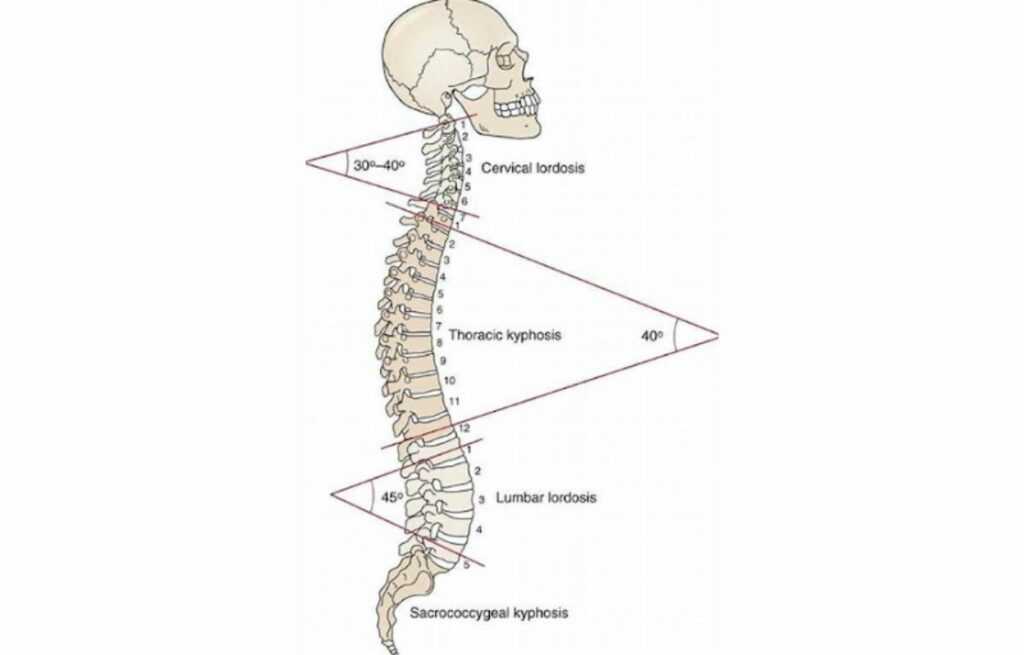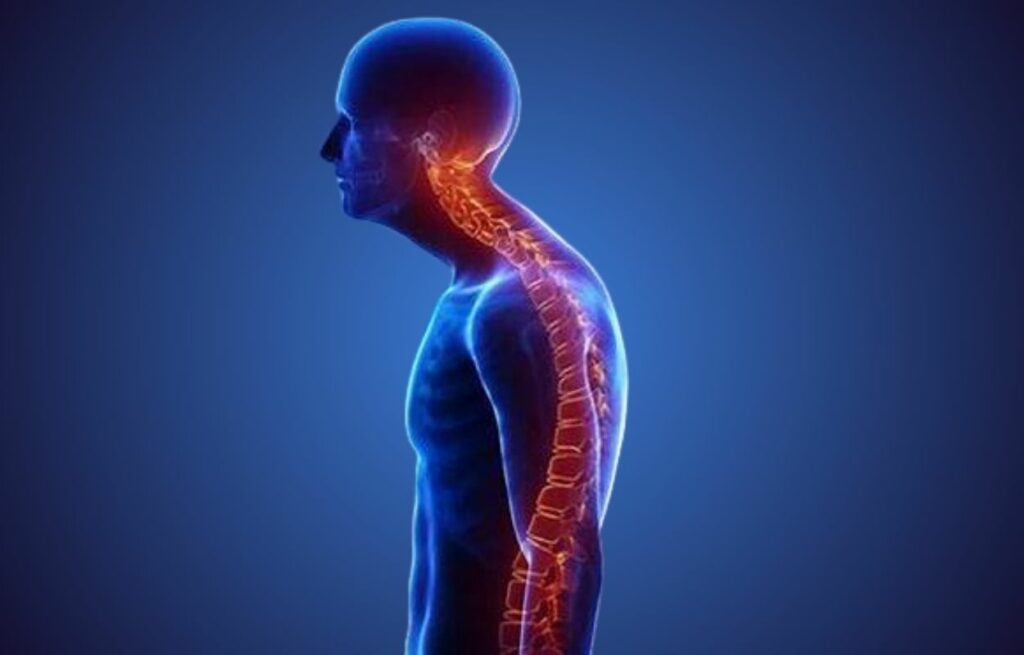Punch Back Your Hunchback
By Dr. Tim Fargo, Chiropractor
We all know people who have a bit of a “hunchback” or appear to be “Round Shouldered”. Some of them simply have poor posture and muscle imbalance that derive from too much sitting and improper body usage. Others have an actual spinal deformity known as “thoracic hyperkyphosis”. The term “kyphosis” refers to the normal round shape that most people have in their mid-back (thoracic area). The Spine, when seen from the side, has natural curvatures that are designed to help absorb shock and carry loads efficiently. In the neck and lower back the spine curves toward the front. Each of these curves is known as a “lordosis”. The curve in the mid back curves toward the back of the body; this curve is known as a kyphosis.
 When the curves of the spine fall within normal limits, we can expect that the spine will absorb shock well and will resist forces that might otherwise cause injury, both acute and accumulating over time. On the other hand, when the curves are too large, or too small, the parts of the spine, like the disks and the bones and joints, wear out more quickly and degeneration occurs. When, due to chronic postural issues or mysterious genetic factors, the mid back becomes too curved or hunched then we say that the person has a “hyperkyphosis”. “Hyper” means excessive wherever it is used.
When the curves of the spine fall within normal limits, we can expect that the spine will absorb shock well and will resist forces that might otherwise cause injury, both acute and accumulating over time. On the other hand, when the curves are too large, or too small, the parts of the spine, like the disks and the bones and joints, wear out more quickly and degeneration occurs. When, due to chronic postural issues or mysterious genetic factors, the mid back becomes too curved or hunched then we say that the person has a “hyperkyphosis”. “Hyper” means excessive wherever it is used.

Whether the hyperkyphosis derives from simple postural issues or is of a more serious variety that involves an actual deformity of the spine, an unfortunate consequence is that these deformities and postural tendencies tend to worsen over time as a person ages.
Hyperkyphosis predisposes people to upper back pain, neck pain, premature degeneration, both in the neck and upper back, breathing and heart difficulties, digestive complaints like acid reflux, numbness and tingling in the arms, shoulder pain, headaches, and a host of other complaints.
Treatment for thoracic hyperkyphosis includes such things as chiropractic manipulation (adjustments) to increase mobility in the affected spinal areas, flexibility exercises to counterbalance and stretch shortened muscles and connective tissue, resistance exercises to create the necessary strength to maintain a more upright posture, and ergonomic assessment and correction. Some hyperkyphosis deformities, particularly the postural and lifestyle-related varieties, are relatively easy to correct and respond very well to conservative treatment. Hyperkyphosis that results from deformities and genetic factors is far more difficult and resistant to treatment. Nonetheless, providing conservative care for even these more difficult cases of hyperkyphosis is incredibly important. The natural history of deformities of this nature is that they tend to progress over time. At a minimum, we want to prevent this progression as a person ages.
At Chiropractic Health and Wellness in Edina, Minnesota, the doctors specialize in managing hyperkyphosis. We use a combination of adjustments, mirror image exercises, mirror image traction therapies, and even hyperkyphosis bracing. Pictured below, are the pre and post-treatment x-rays of one of our patients with thoracic hyperkyphosis. The curves depicted in the post x-ray is not perfect, but the change in posture was, and is, life-changing for this patient.

If you, or someone you know and care about, suffers from hyperkyphosis, please contact us at Chiropractic Health and Wellness and schedule your appointment today.



